Cockroaches in Japan are an unfortunate reality that many residents encounter, especially during the hot and humid summer months. Even though Japan is known for its cleanliness and modern housing, these persistent pests, called gokiburi in Japanese, can still find their way into homes and apartments. Whether you’re planning to move to Japan or already living here, this guide will help you understand why cockroaches appear, how to prevent them, and what to do if you spot one in your living space.
Do Cockroaches Really Exist in Japan?
Yes, cockroaches are a common household pest in Japan, especially during the warm and humid summer months from June to September. The combination of heat and moisture creates the perfect breeding conditions for these insects to thrive.
Even in a highly developed and clean country like Japan, cockroaches still manage to find their way into homes, restaurants, and older buildings, particularly in dense urban areas like Tokyo and Osaka.
It’s not unusual to hear residents complain about sudden appearances of cockroaches at night, particularly in small Tokyo apartments, where space is limited and ventilation may not be ideal. This becomes a bigger issue in older or ground-floor units that may not be fully sealed.
There are two main types of cockroaches found in Japan:
- German Cockroach (チャバネゴキブリ / chabane gokiburi): These are small, light brown, and extremely fast. You’ll often spot them indoors, most frequently in cooking and washing spaces. German cockroaches reproduce quickly, so even one sighting could signal a larger problem.
- Smoky Brown Cockroach (ワモンゴキブリ / wamon gokiburi): These are larger, darker, and more commonly seen outdoors, though they can fly indoors, especially during humid evenings. Their size and ability to fly make them especially alarming for first-timers.
While cockroaches in Japan aren’t usually dangerous in the medical sense, they don’t bite or sting, they can still carry bacteria and allergens, especially for people with asthma or sensitivities. And let’s be honest, no one wants to deal with them in their kitchen or bathroom.
If you’re planning on renting an apartment in Tokyo, particularly in the summer or during the rainy season (tsuyu), it’s wise to take preventive steps early. Choosing newer buildings, staying on higher floors, and using common Japanese pest control products can all help reduce your chances of encountering these unwanted visitors.
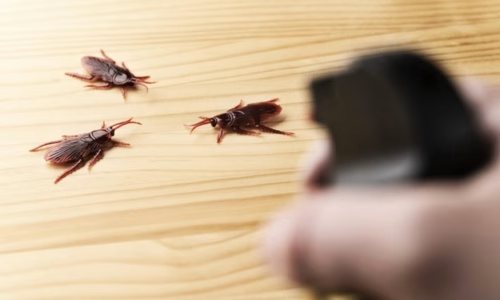
Why Are Cockroaches a Problem in Japan?
Japan’s hot and humid summer climate plays a major role in the appearance of cockroaches. From June through September, temperatures rise and humidity levels spike, creating ideal conditions for these pests to thrive.
The problem becomes even more noticeable in large cities like Tokyo, where housing density is high and many apartments are compact with limited ventilation. These tight living spaces, often lacking airflow, make it easier for moisture and heat to accumulate, and for cockroaches to settle in.
Several additional factors can increase your chances of encountering cockroaches, especially if you’re living in a Tokyo apartment:
- Improperly sealed drains or windows: Small gaps can allow insects to crawl in from the outside or through pipes, a common entry point in older buildings.
- Food waste and poor garbage separation: Japan has strict garbage rules, but newcomers may struggle with sorting properly. Leaving food scraps in the wrong bin or delaying trash disposal can attract pests quickly.
- Unwashed dishes or crumbs left out overnight: Even small amounts of leftover food or dirty dishes in the sink can serve as a feast for cockroaches.
The truth is, even a tidy, well-maintained home isn’t immune. Cockroaches in Japan don’t just appear in dirty spaces, they go where the environment suits them. That’s why proactive prevention is key, especially during the hotter months.
Whether you’re staying in a serviced apartment in Tokyo or renting a long-term unit in a quieter suburb, understanding these triggers will help you avoid one of the most unpleasant aspects of summer in Japan.
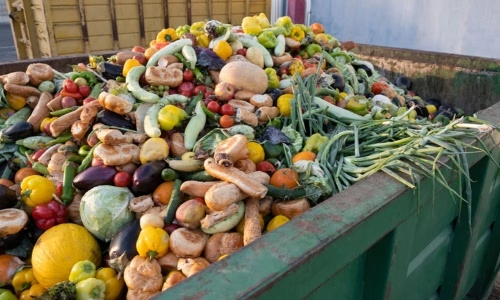
Common Places You’ll Typically Spot Them
Cockroach sightings aren’t random, certain types of housing and areas are more prone to infestations than others. Understanding where cockroaches tend to appear can help you make smarter decisions when renting an apartment in Tokyo or elsewhere in Japan. You’re more likely to encounter cockroaches in:
- Older buildings or units without recent renovations: Aging construction often means gaps, cracks, and poor sealing, perfect entry points for insects.
- Ground-level or lower-floor apartments: Units closer to alleys, drains, or vegetation are more exposed to pests crawling in from the outside.
- Densely populated urban centers: Cities like Tokyo, Osaka, and Nagoya see more activity due to tighter living conditions and shared infrastructure (such as garbage disposal areas and pipes).
On the other hand, apartments in suburban Japan, especially newer buildings on higher floors, tend to have fewer cockroach problems. Suburban areas like Kichijoji, Setagaya, or parts of Kanagawa not only offer more space and greenery, but also often benefit from newer, better-sealed constructions, making them a great option for long-term residents or families.
If you’re currently searching for a place to stay, prioritize well-ventilated apartments, ideally with screened windows and balconies, and choose a unit located on the third floor or higher. These simple factors can dramatically reduce the chance of uninvited pests during the humid Japanese summer.
How to Prevent Cockroaches in Japanese Apartments
When it comes to dealing with cockroaches in Japan, prevention is your best defense. The good news is that Japan has an impressive variety of highly effective pest control products, which are easy to find in most convenience stores, Don Quijote, or on Amazon Japan. Whether you live in central Tokyo or in suburban Japan, being proactive is the key to keeping these pests out of your living space.
Here are some of the most popular and trusted options for cockroach control in Japan:
- Gokiburi Hoi-Hoi (ゴキブリホイホイ): These sticky traps are a classic in Japanese households. They lure cockroaches with a scent and trap them inside a foldable paper box. Easy to use and non-toxic, they’re ideal for kitchens or under sinks.
- Black Cap / Combat (ブラックキャップ): These small black discs contain poison bait that cockroaches carry back to their nests, wiping out the colony over time. Well-suited for maintaining long-term control.
- Earth Jet Spray: A powerful aerosol spray that kills on contact. Great for emergency situations when you spot a cockroach unexpectedly.
- Sink mesh covers: These are inexpensive drain covers that help prevent insects from crawling into your home through kitchen or bathroom plumbing, a common entry point in Tokyo apartments.
- Sealing materials (tape or caulk): Sealing small gaps, especially near windows, pipes, and under appliances, will block off access routes for pests.
In addition to products, maintaining good daily habits makes a huge difference in keeping cockroaches away:
- Take out the trash regularly: Especially in summer, don’t let food waste sit overnight.
- Keep all food tightly sealed: Store dry goods in airtight containers, and avoid leaving fruit or bread out on the counter.
- Clean up spills and crumbs immediately: A single drop of juice or leftover rice can attract unwanted guests.
- Wash dishes right after meals: Dirty dishes are a major magnet for cockroaches.
- Don’t leave pet food out overnight: Even a small kibble can become a food source for pests.
By combining quality pest control products with consistent household hygiene, you’ll drastically reduce the risk of cockroaches invading your space. Whether you’re renting an apartment in Tokyo or settling into a long-term stay in a quieter town, a clean and well-prepared living environment is your best line of defense.
Effective Ways to Respond to a Cockroach
Even with the best prevention efforts, spotting a cockroach in your apartment in Japan can still happen, especially during the summer months. When it does, staying calm and acting quickly will make all the difference. Here’s what you should do to deal with the situation effectively:
- Act fast: If you see a cockroach crawling across your floor or wall, grab an insecticide spray like Earth Jet and use it immediately. If you don’t have spray on hand, you can trap the insect using a cup and a piece of cardboard or paper until you can remove it safely.
- Avoid squashing it in the kitchen: While it might be tempting to kill it instantly, crushing a cockroach, especially on a kitchen surface, can actually spread eggs or bacteria. Always try to trap or spray instead of stepping on it.
- Dispose of it properly: Place the cockroach in a sealed plastic bag before throwing it into an outside garbage bin. Never leave it inside the house, even temporarily.
- If you’re staying in a serviced apartment in Tokyo, inform the building management or front desk staff. Many serviced apartments offer maintenance support or pest control services, and they may arrange for professional cleaning or treatment of your unit.
- Call a pest control company: For recurring sightings or large infestations, it’s best to contact a pest control company in Japan (害虫駆除会社 / gaichū kujo gaisha). They can inspect your unit, identify problem areas, and apply treatments that are more effective than store-bought products.
No matter how clean or new your apartment is, cockroaches in Japan can still show up. But if you respond quickly and take the right steps, you can eliminate the problem before it grows.
Are Cockroaches Dangerous in Japan?
While cockroaches in Japan aren’t aggressive and won’t bite you, they can still pose certain health risks, especially in homes with children, pets, or individuals with allergies. These pests are known to carry bacteria and pathogens on their bodies, which can contaminate surfaces and food, particularly in the kitchen or bathroom.
For sensitive individuals, the real concern lies in the allergens cockroaches leave behind. Their droppings, shed skin, and even saliva can trigger asthma attacks or allergic reactions, especially in young children or those with respiratory conditions. If you’re living in a compact Tokyo apartment with limited ventilation, these allergens can build up more quickly.
Although they’re not venomous and don’t sting or bite, the psychological discomfort of seeing a cockroach, especially at night or in your kitchen, can also impact your peace of mind. No one wants to wake up and find one crawling near their toothbrush or kitchen counter.
If you have small kids, a weaker immune system, or simply want to avoid the stress and hygiene concerns associated with cockroaches, prevention is not just a convenience, it’s a necessity. Choosing a well-maintained apartment, using pest control products, and keeping your home clean are simple but powerful ways to protect yourself and your family from unwanted pests in Japan.
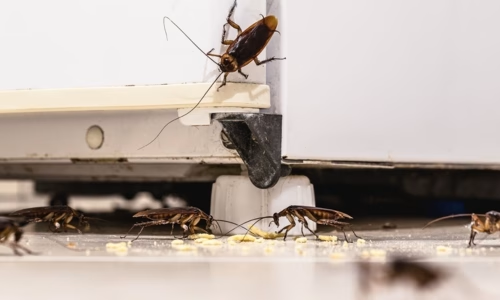
Final Tips for Foreigners Living in Japan
For many newcomers, navigating the Japanese rental market can feel overwhelming. Between high upfront costs, key money, guarantor requirements, and complex lease agreements, not to mention the language barrier, finding a comfortable place to live isn’t always easy. That’s why serviced apartments in Tokyo have become a popular alternative, especially for first-timers or professionals on short assignments.
Unlike traditional rentals, serviced apartments offer move-in-ready living: fully furnished spaces, utilities included, no need for a guarantor, and often monthly contracts rather than long-term commitments. This flexibility is ideal if you’re still adjusting to life in Japan or figuring out your next move.
In recent years, conversations around the minimum wage in Japan per month, salary fluctuations, and Tokyo average income have also pushed more people, both locals and expats, to consider short-term or flexible housing options. Whether you’re earning the normal salary in Japan, are a student on a tight budget, or working a remote job while exploring the city, a clean, secure, and professionally managed apartment can give you a strong start.
Most importantly, choosing a well-maintained property significantly lowers your risk of running into problems like cockroach infestations, which are more common in older, poorly ventilated apartments. That peace of mind, especially in your first months in a new country, is well worth it.
Conclusion
Yes, cockroaches in Japan exist, but they’re not inevitable. With a little awareness and some smart prevention strategies, you can drastically reduce the chances of sharing your apartment with these uninvited guests. Whether you’re living in central Tokyo or in a peaceful corner of suburban Japan, cleanliness, preparation, and good habits are your best defense.
Planning to move soon? Start with a serviced apartment in Tokyo, many are cleaned regularly, pest-proofed, and ready for foreign tenants. It’s a smart first step toward a comfortable, bug-free life in Japan.

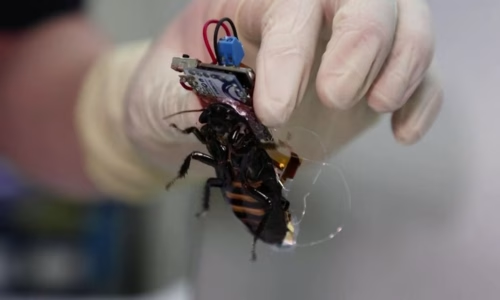

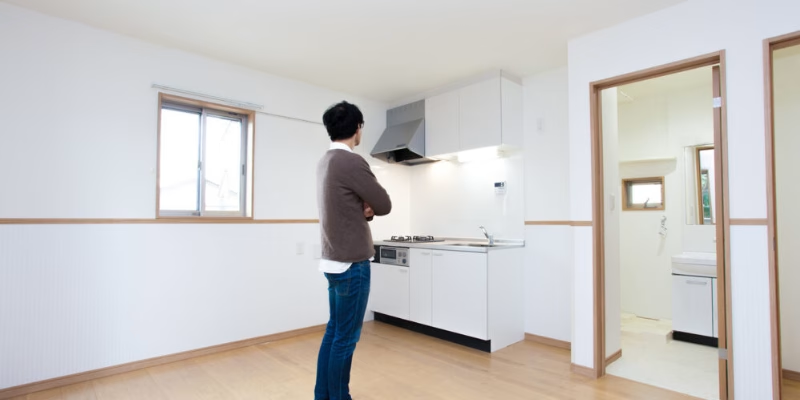
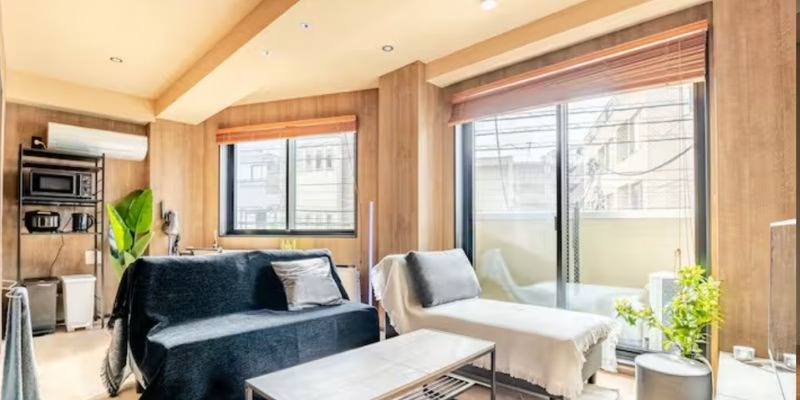

Leave a Reply